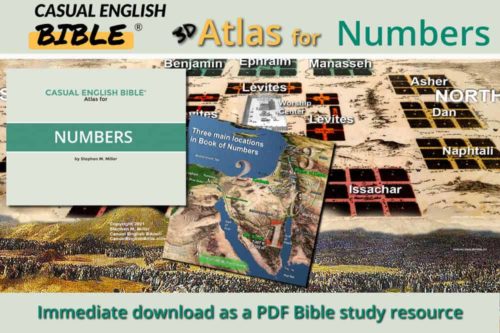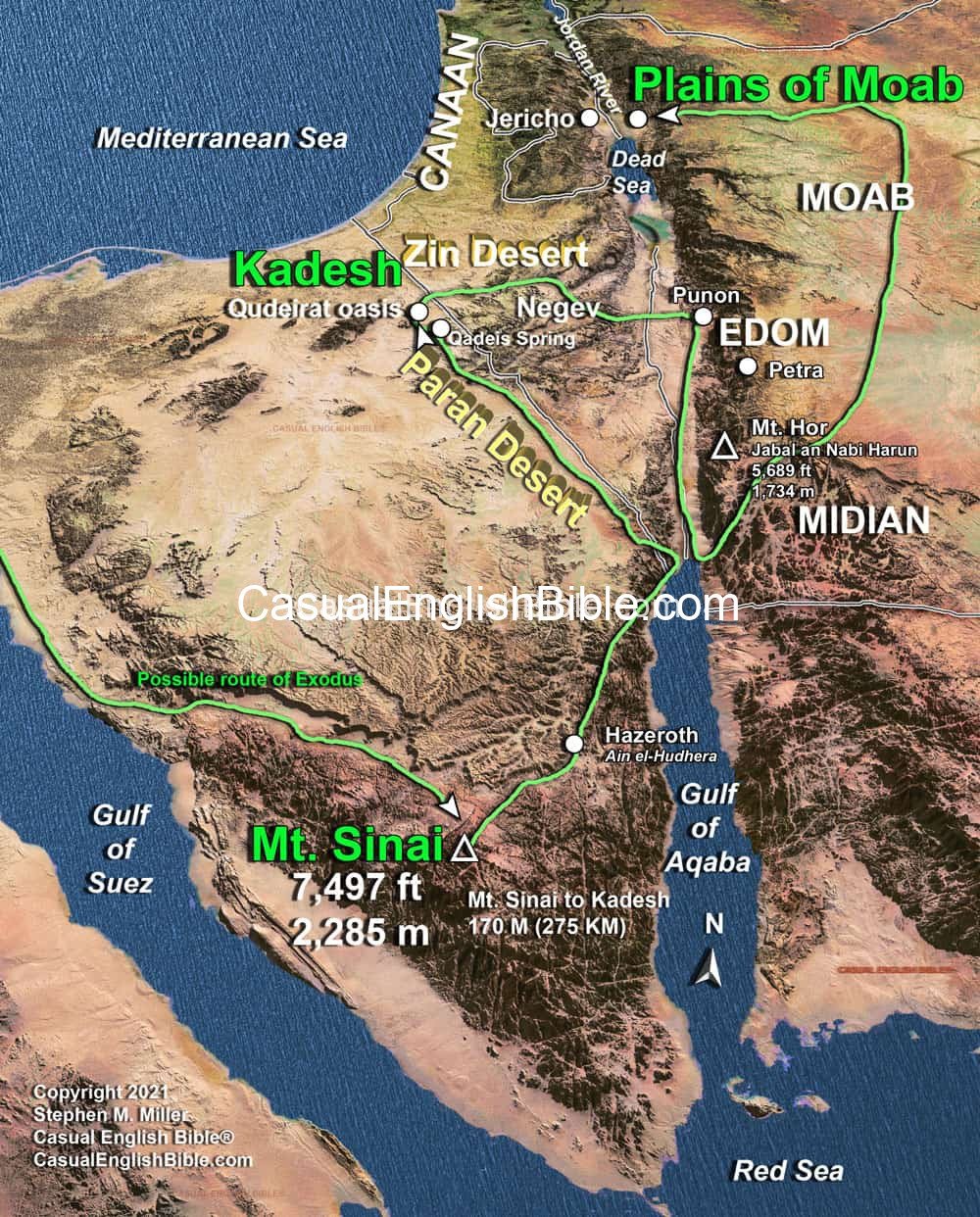Numbers 12
Price of criticizing Moses
Miriam and Aaron criticize Moses
1It was in Hazeroth that Miriam and Aaron criticized their brother Moses for marrying a woman from Cush. [1] 2They said, “Is Moses the only one who gets messages from the LORD? Doesn’t he talk to us, too?”The LORD heard them. 3Moses was a humble man. The humblest man on earth. [2] 4The LORD told Moses, Aaron, and Miriam, “Step outside the Meeting Tent.” So, they did. 5The LORD descended in a column of cloud and hovered at the entrance into the tent. There, he told Aaron and Miriam to step forward, which they did.
God sets Miriam and Aaron straight
6He said, “Pay attention. I talk to prophets through visions and dreams. 7But that’s not how I talk to my helper, Moses. I trust him with my people. 8I talk to him one on one. [3] I keep it direct and clear. I don’t beat around a burning bush or feed him mysterious symbols he has to figure out. He sees me when we talk. So, tell me this: Why weren’t you afraid to criticize him?” 9The LORD was still angry when he left them.Miriam’s skin turns white with disease
10As soon as the LORD’s cloud lifted, there stood Miriam white as snow. Some disease [4] had left her skin white. When Aaron turned to look at her, she was covered in the disease. 11Aaron said to Moses, “Please, don’t hold this against us. You’re our leader. And what we said was wrong and just plain stupid. 12Please, don’t let her end up looking like those babies born dead with half the flesh eaten away. 13Moses cried out, “Please, God, please heal her.” 14The LORD said, “If her father had reacted to her sin by doing nothing more than spitting in her face, she’d be ritually unclean for seven days. So, keep her away from the camp for seven days. Then let her come back. 15Miriam stayed outside the camp for a week. The Israelites waited for her and didn’t pack up and move on until she returned. 16Then they broke camp, left Hazeroth, and moved on into the Paran Desert. [5]Footnotes
Cush was a kingdom of dark-skinned people in what is now southern Egypt and Sudan. Some scholars say the woman of Cush may have been a reference to Zipporah. Though she was from Midian, she may also have had some connection to Cush. More likely, scholars say, Moses married a second wife. After what Zipporah said and did when she circumcised her son earlier (Exodus 4:25), Moses may have divorced her when he “sent his wife Zipporah back to her father, and Jethro took care of her” (Exodus 18:2). That’s the last time Bible writers mention her.
Moses has also been traditionally identified as the writer of this book.
The Hebrew phrase is peh ‘el peh. It’s sometimes translated “face-to-face,” but given that God didn’t want even Moses to see his face (Exodus 33:20), that might not be the best way to put it. The idea is “man to man,” but in this case, “God to man.”
The Hebrew word describing the disease, ṣāraʽ, can refer to any serious skin disease that makes the person ritually unclean, and unfit to step foot on the sacred grounds of the tent worship center. The word is often translated as leprosy, but there’s no way of knowing if Miriam had what we today call Hansen’s disease. It’s caused by bacteria that grows slowly and damages nerves, skin, and eyes. It’s curable today with steroids and antibiotics.
12:16. Wherever the Paran Desert was, it seems to have been no more than a few days away from Mount Sinai. The Israelites got there during a single excursion (Numbers 10:12). Scholars generally say the desert was north of Mount Sinai and south of Israel’s Negev badlands. Some scholars say its eastern border was the rift valley, which is a huge rip in the earth’s crust, from the Dead Sea southward to the Red Sea’s Gulf of Aqaba.
Discussion Questions
- Sorry, there are currently no questions for this chapter.






